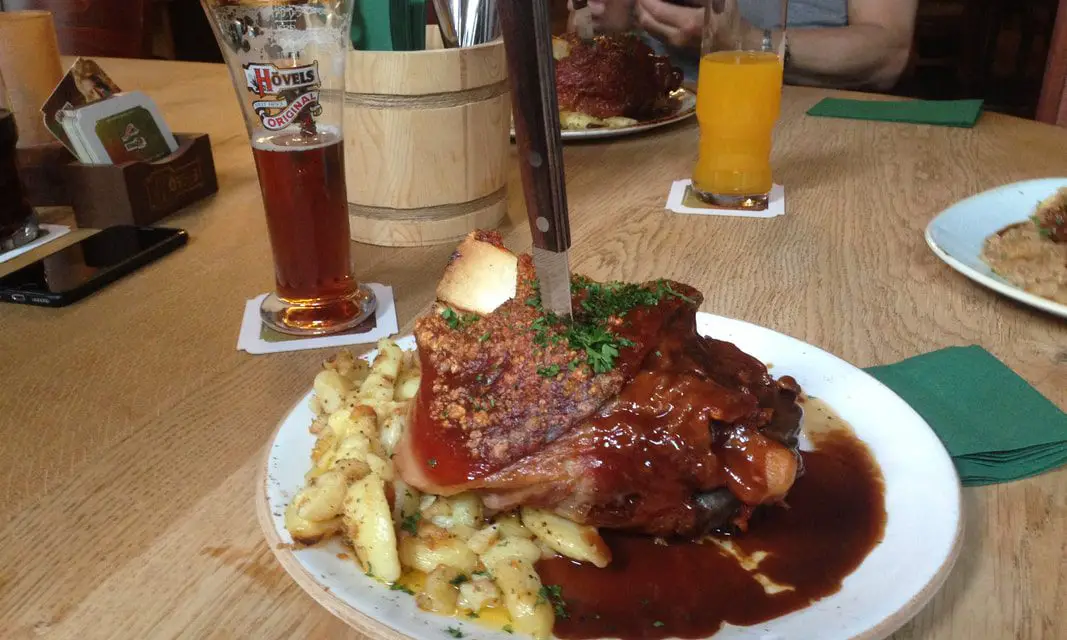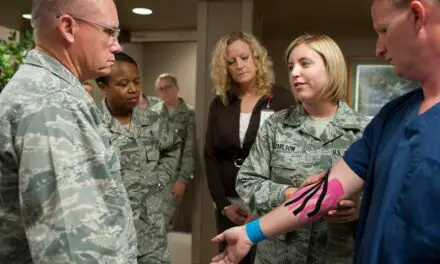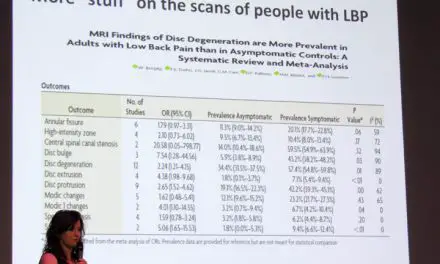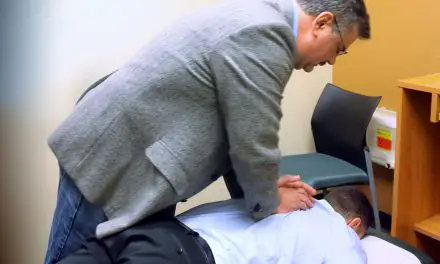“You don’t speak Dutch?” said the middle-age gentleman who sat in front of me at a bench inside a Starbucks in De Meern, Netherlands, while I was compiling the feature story for the Summer 2018 issue on my laptop.
I looked at him, mildly surprised that would say that to me, and smiled. “Sorry, I don’t. I’m just visiting.” I could’ve explained to him that I was visiting the Netherlands for a story in my publication, and I already speak two other languages besides English. I could’ve told him that I used Spanish to communicate with the young barista who spoke little English (his parents were from Spain who immigrated to the Netherlands). Well, I just let it go and continued my work while he mumbled something under his breath.
Interestingly, most Dutch I had met in my four-night stay in the Netherlands were also fluent in English, like many Norwegians and some Germans I had encountered during my travels in northern Europe last April. The amount of bilingualism and trilingualism (and sometimes even more!) among many Europeans surprised me a bit. And looking back at my last traveling adventure, I never expected that writing and publishing would take me to many places that I did not expect to go so soon.
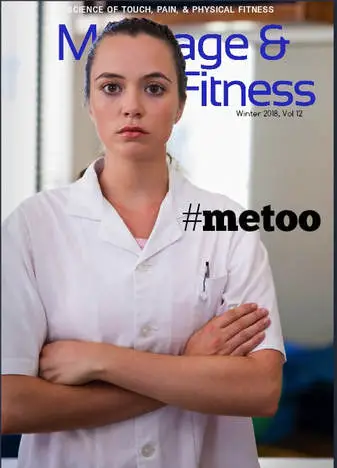
I was in New York City when the #MeToo movement happened in the fall of 2017, which sparked an idea in my head to address this issue in the massage therapy profession. After many women had filed lawsuits against a popular massage franchise in the US for sexual assault, I thought what can therapists and clients do to protect themselves from physical harm? What should they understand regarding their rights? What do they need to know?
Writing and compiling this issue was as excruciating as making Taiwanese soup dumplings, but thanks to Erin Jackson, Tania Velásquez, Catie Morgan, and many others who had contributed ideas and their stories to this issue, this became a reality. I also had received numerous thank you emails from therapists around the world.
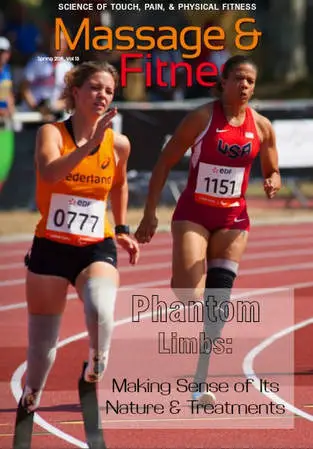
While sipping coffee at a Tim Horton’s in New Westminster, BC, one day in January and reading numerous Facebook discussions in manual therapy groups, I realized that many massage therapists still don’t know that nociception is not necessary to induce pain. Having read many research papers and blogs regarding the basic physiology of pain, why don’t I introduce phantom-limb pain as an introductory exploration to how modern pain science was developed?
Although this issue was pretty easy to do at first, “translating” the research and its application to an eighth-grade science level molded many writer’s block, where my brain occasionally enter a “screensaver” mode for many minutes before an idea seeped out of it.
Also, Spring 2018 is a prologue to the next issue….
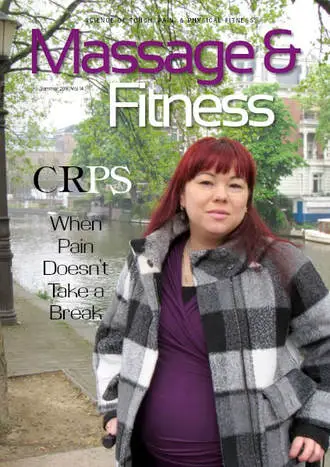
The most popular issue of the year, I did not realize that writing this story would take me to the Netherlands. I was already going to PainCloud in Oslo, Norway, and end the trip in Germany to visit my family. Having met my friend Kristen Leong on Facebook the previous summer, however, and learned about her life living with CRPS, I decided to include a story that explore this uncommon condition that is a like a cousin to phantom-limb pain.
Not only did this topic expanded my own understanding of pain and treatment, it also helped me connect with several (rare) physiotherapists and researchers who are like walking Wikipedias on CRPS: Dr. Robert Johnson, Dr. Janet Holly, Dr. Terence Coderre, and Dr. Keith Smart. By far, this is the most popular issue in 2018.
And Kris had introduced me to the €5 pizza! Heaven…
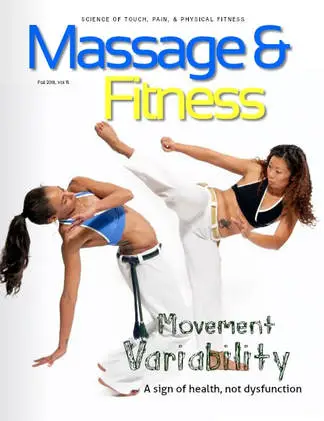
In continuing with the theme of digging up “old themes,” I chose movement variability because it challenges my own preconception of what is the “ideal” movement? Is there truly a “correct” way to move for everyone? I credit physiotherapist Ben Cormack for sparking this idea, whom I had interviewed briefly back in 2015 for another similar story. For this one, however, it is much more in depth.
Last summer, I interviewed Dr. Nicholas Stergiou on Skype, who is one of the leading researchers in movement variability. While the concept it pretty easy to understand, applying this knowledge is another matter. It’s like reading a recipe how to make fresh guacamole and salsa dips, and finding out later that prepping and making them are another level of challenge. Even so, one major takeaway I got out of talking with the movement professor is using analogies and metaphors to describe complex ideas. Otherwise, people may lose interest, like Seasons 7 and 8 of “The Walking Dead.”
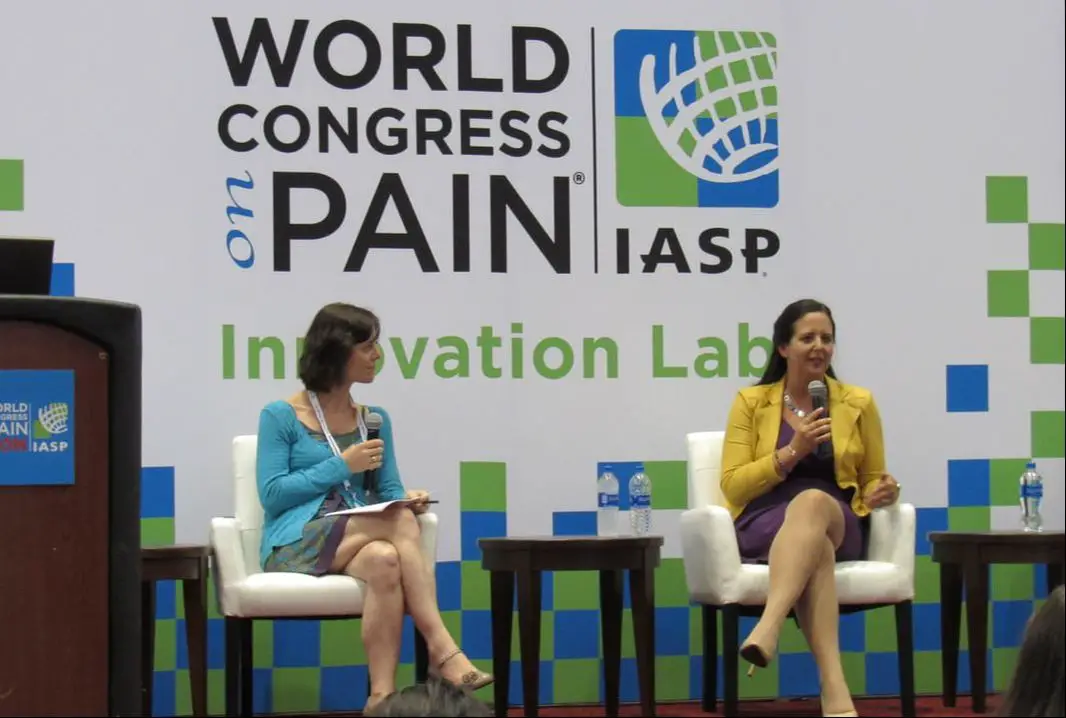
So where will 2019 take Massage & Fitness Magazine?
The adventure in Boston in mid-September with IASP 2018 was the major starting point of what will be anticipated in 2019 and possibly even early 2020. There are some organizations (e.g. It Doesn’t Have to Hurt, Pain BC) and universities (e.g. McGill University) who are already in the frontline in spreading the right information to the public while incinerating myths and outdated ideas and refining existing hypotheses and theories. Fidgeting and juggling with ideas in my head, I look forward to see what the new year brings!
I don’t plan to travel far for the next six months. I already have a several materials to work on that will further explore different topics about pain, exercise, and hands-on work that massage therapists and other manual therapists would find useful in their practice and personal development. Traveling was the best investment I had made in 2018, including connecting with friends and colleagues, old and new.
Thank you for your help in 2018:
Dr. Ravensara Travillian
Sandy Hilton and Sarah Haag of Entropy Physiotherapy & Wellness
Erin Jackson of Jackson LLP: Healthcare Lawyers
Rajam Roose of San Diego Pain Summit
Catie Morgan of Amara Massage Therapy & Wellness
Jamie Johnston of Massage Therapist Development Centre
Walt Fritz of Foundatios of MFR Seminarswaltfritzseminars.com/
Anita Wilson and Jenny Slauenwhite of Coast Therapy
Bodhi Haraldsson of PainPro BC
Paula Jaspar of Family Centre Therapeutics
Tania Velásquez of Pinpoint Bodywork
Julie Tudor of Connect Wellness
Brian Rutledge of Refined Being
Bronnie L. Thompson of University of Otago, Christchurch
Eric Purves of Achieve Health
Alice Sanvito of Massage St. Louis
Vicki Stewart Winston of Spa Visage
Laura Ford of Look Before You Book a Massagelookbeforeyoubookamassage.com/
Tanya Crooks of Thumbworks Sports Massage
Laura Allen, LMT
Sarah Black of The Athletic Centre
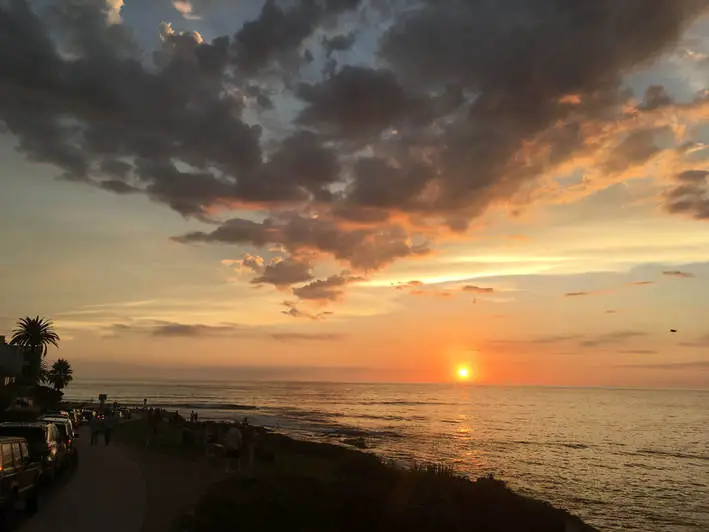
A native of San Diego for nearly 40 years, Nick Ng is an editor of Massage & Fitness Magazine, an online publication for manual therapists and the public who want to explore the science behind touch, pain, and exercise, and how to apply that in their hands-on practice or daily lives.
An alumni from San Diego State University with a B.A. in Graphic Communications, Nick also completed his massage therapy training at International Professional School of Bodywork in San Diego in 2014.
When he is not writing or reading, you would likely find him weightlifting at the gym, salsa dancing, or exploring new areas to walk and eat around Southern California.

